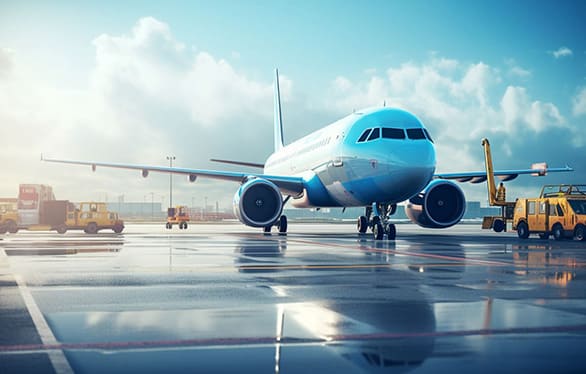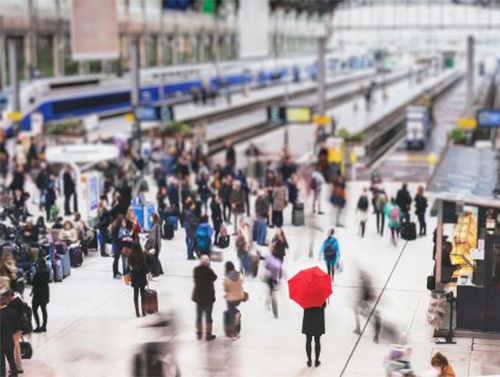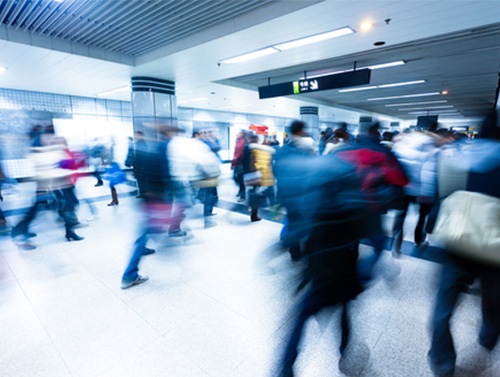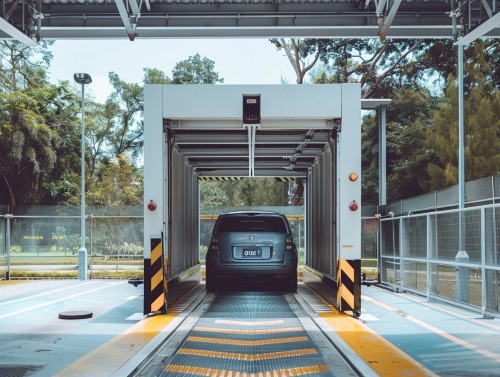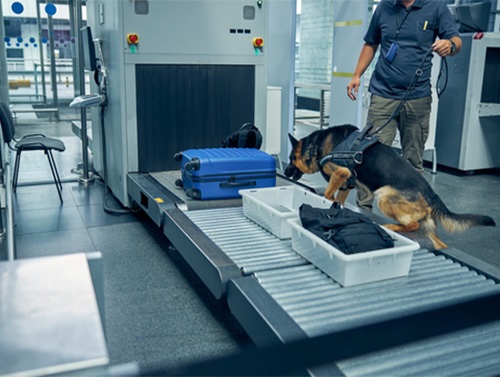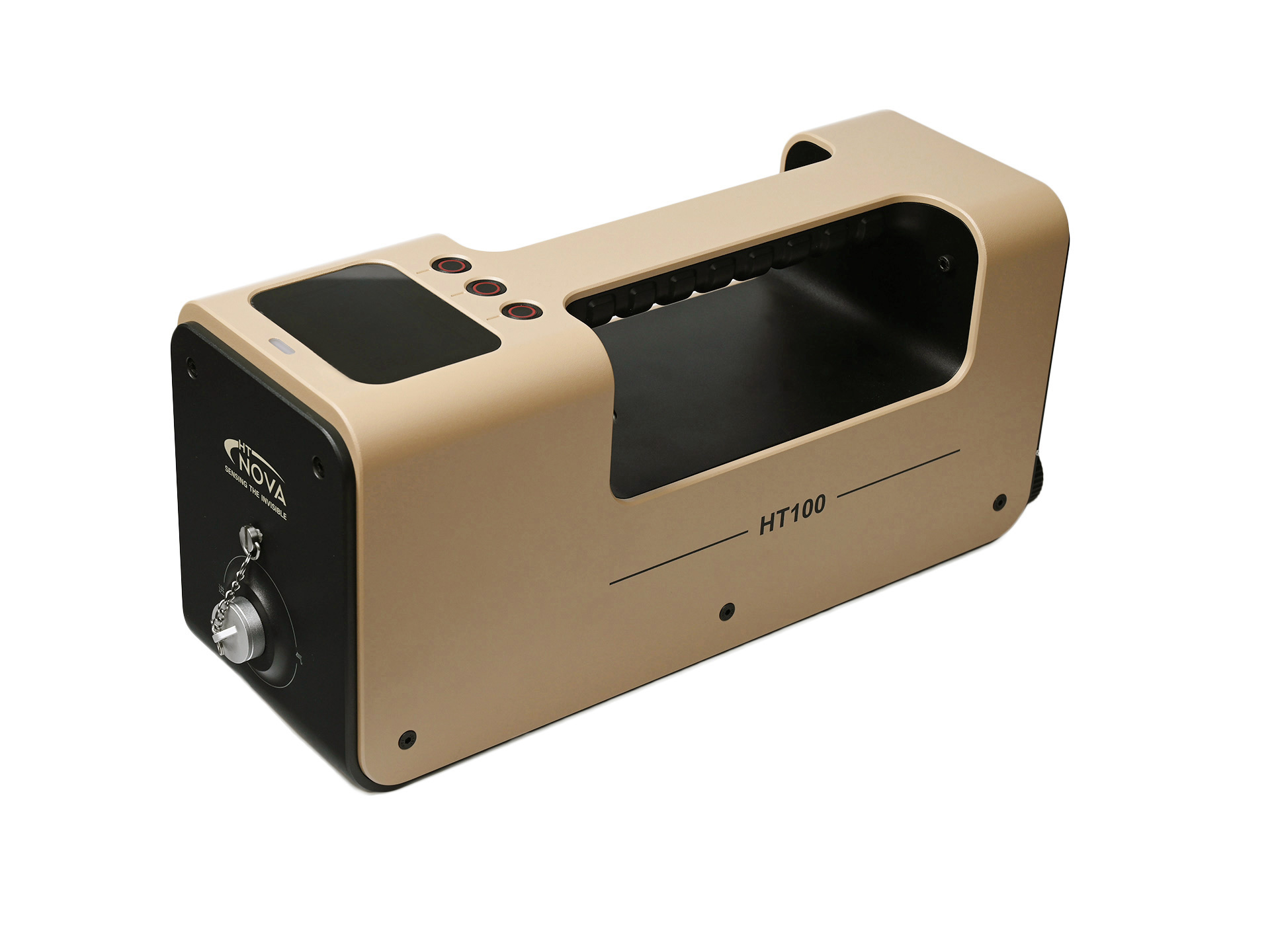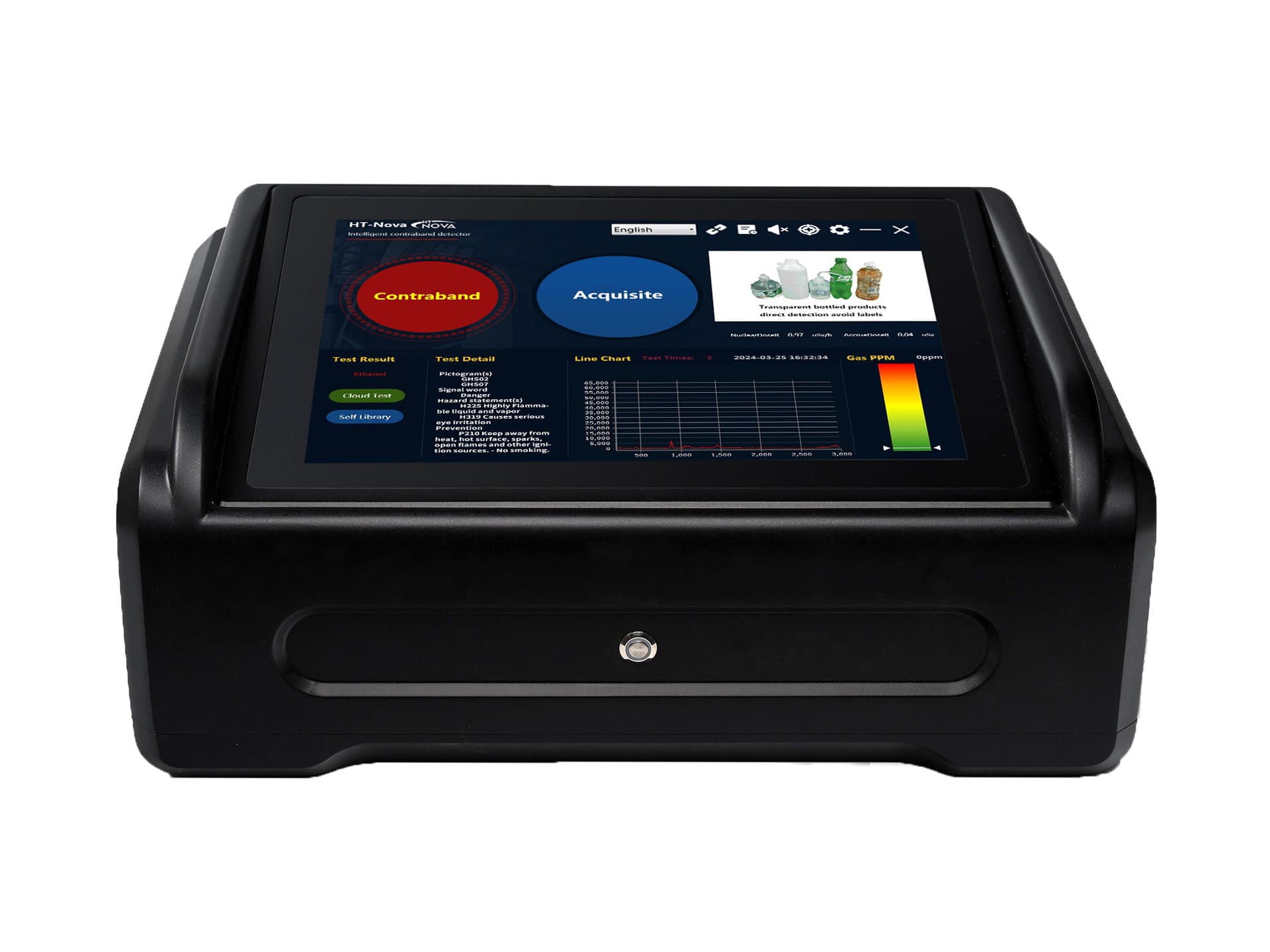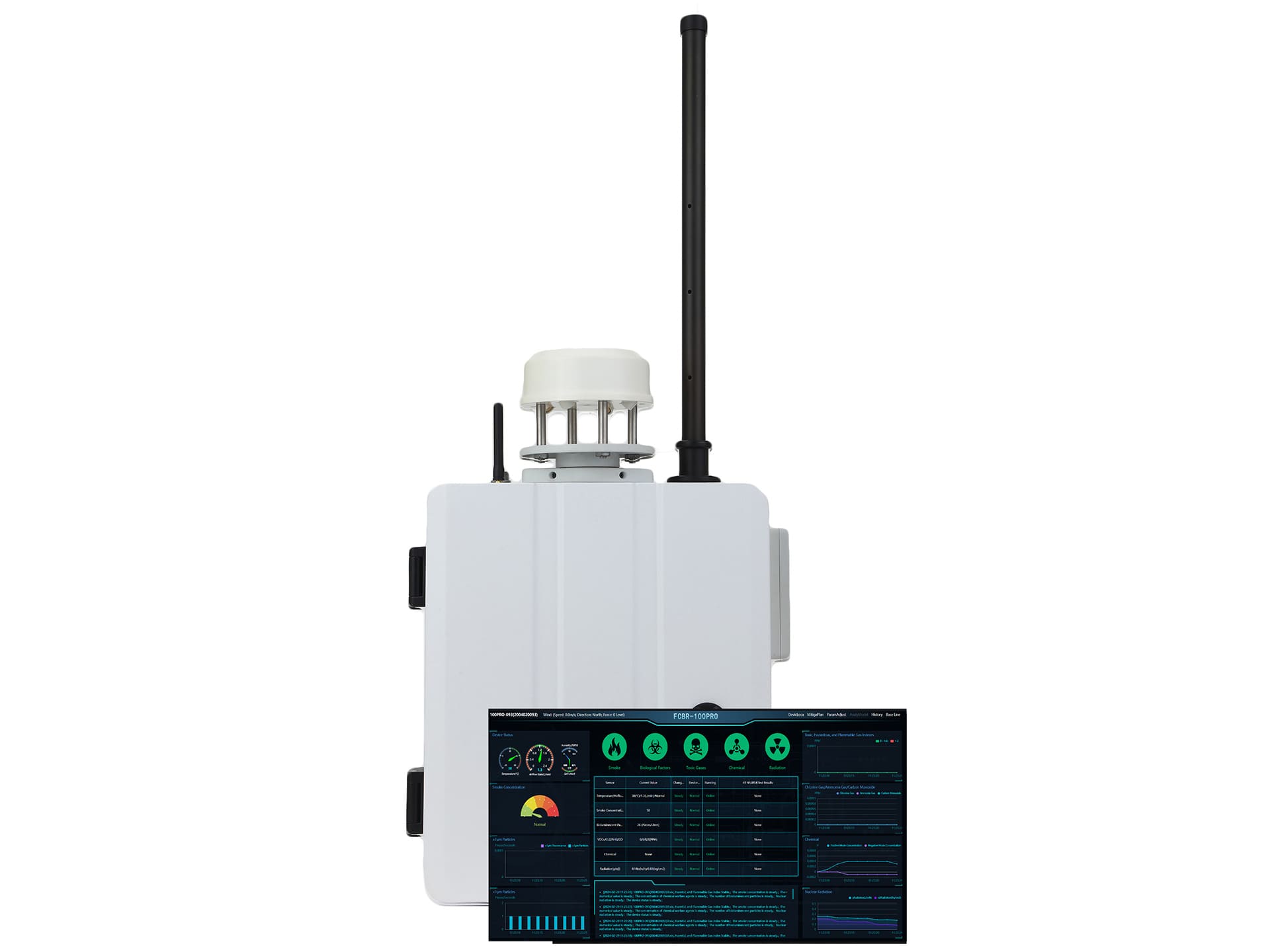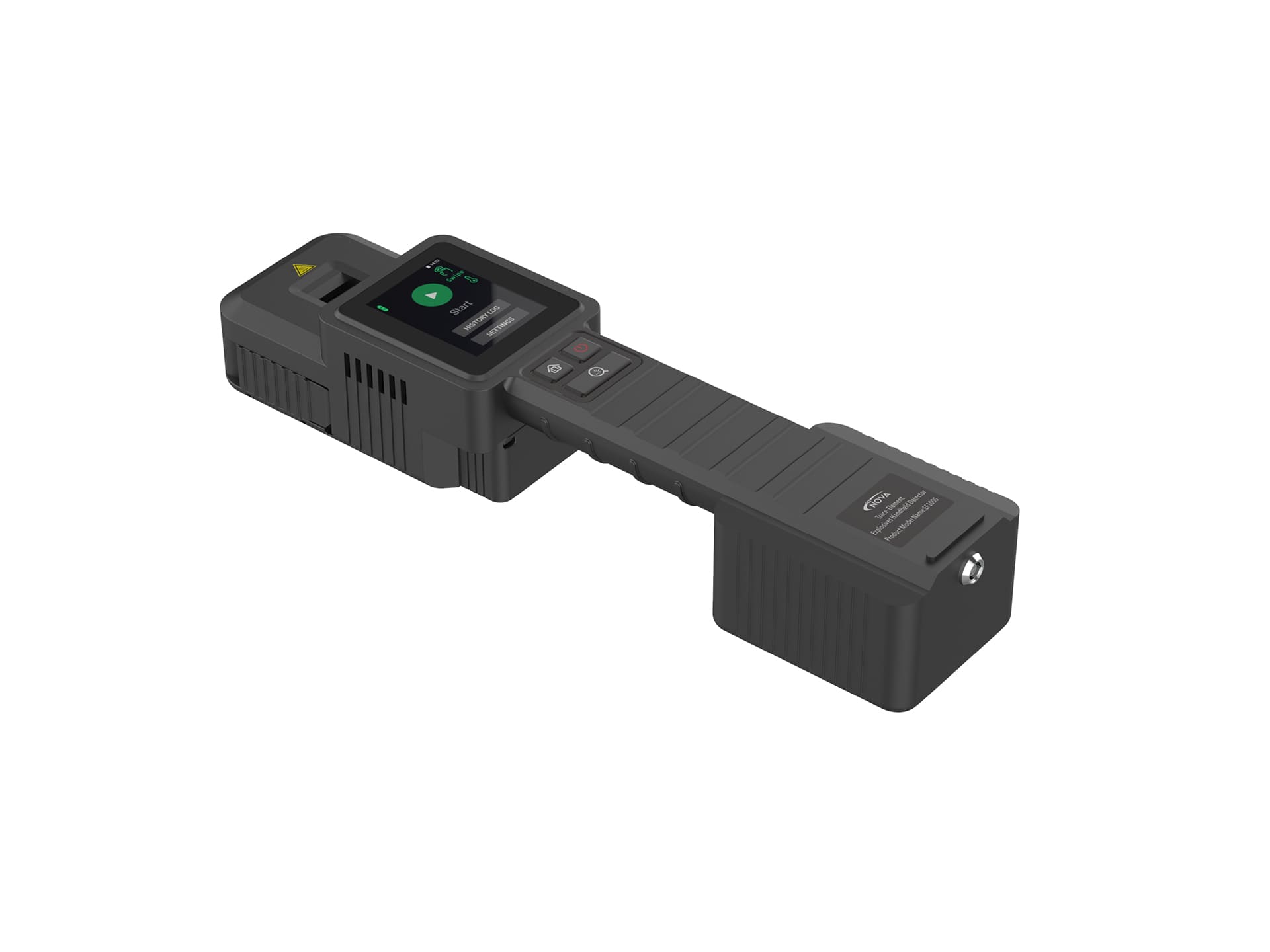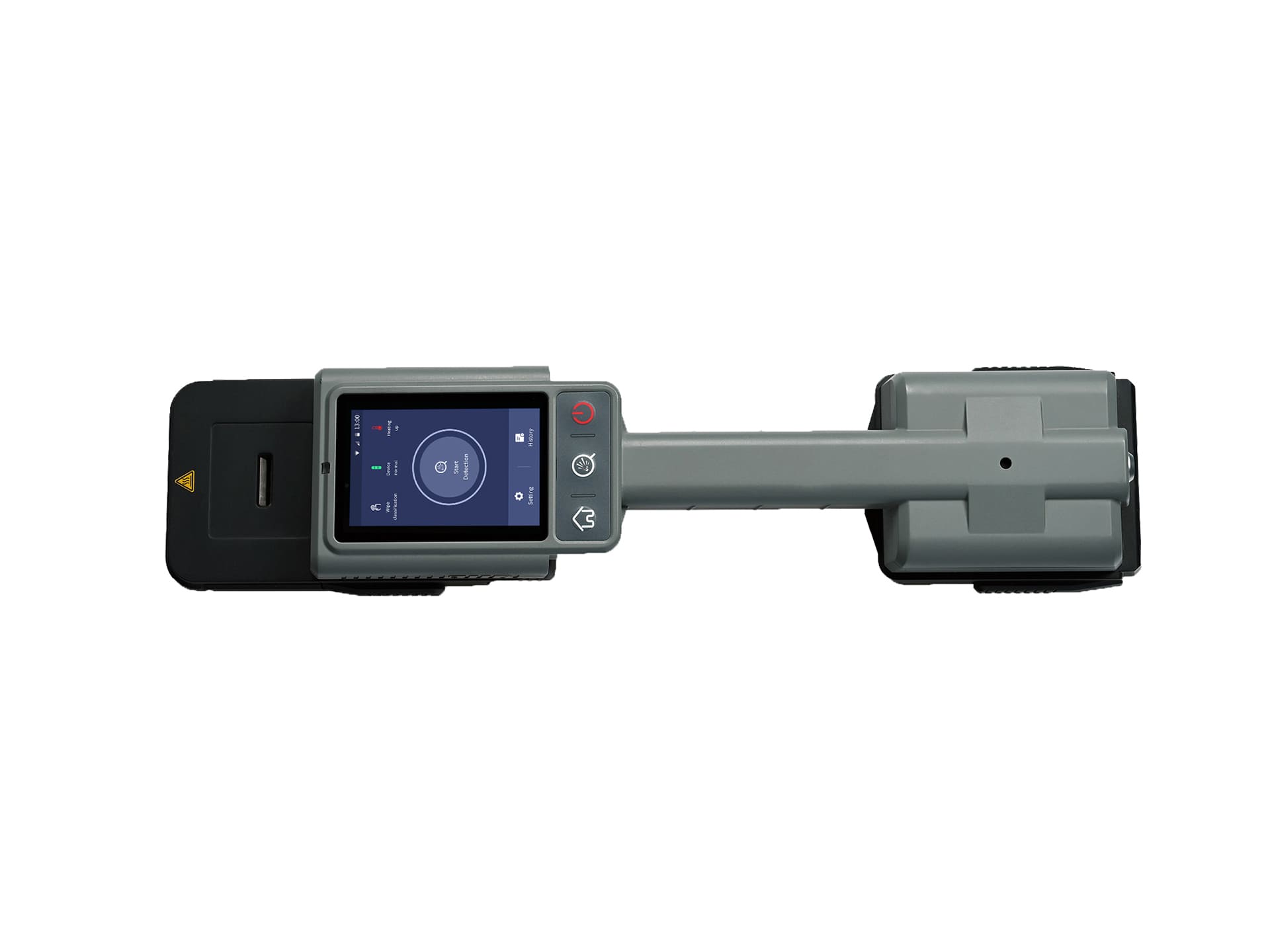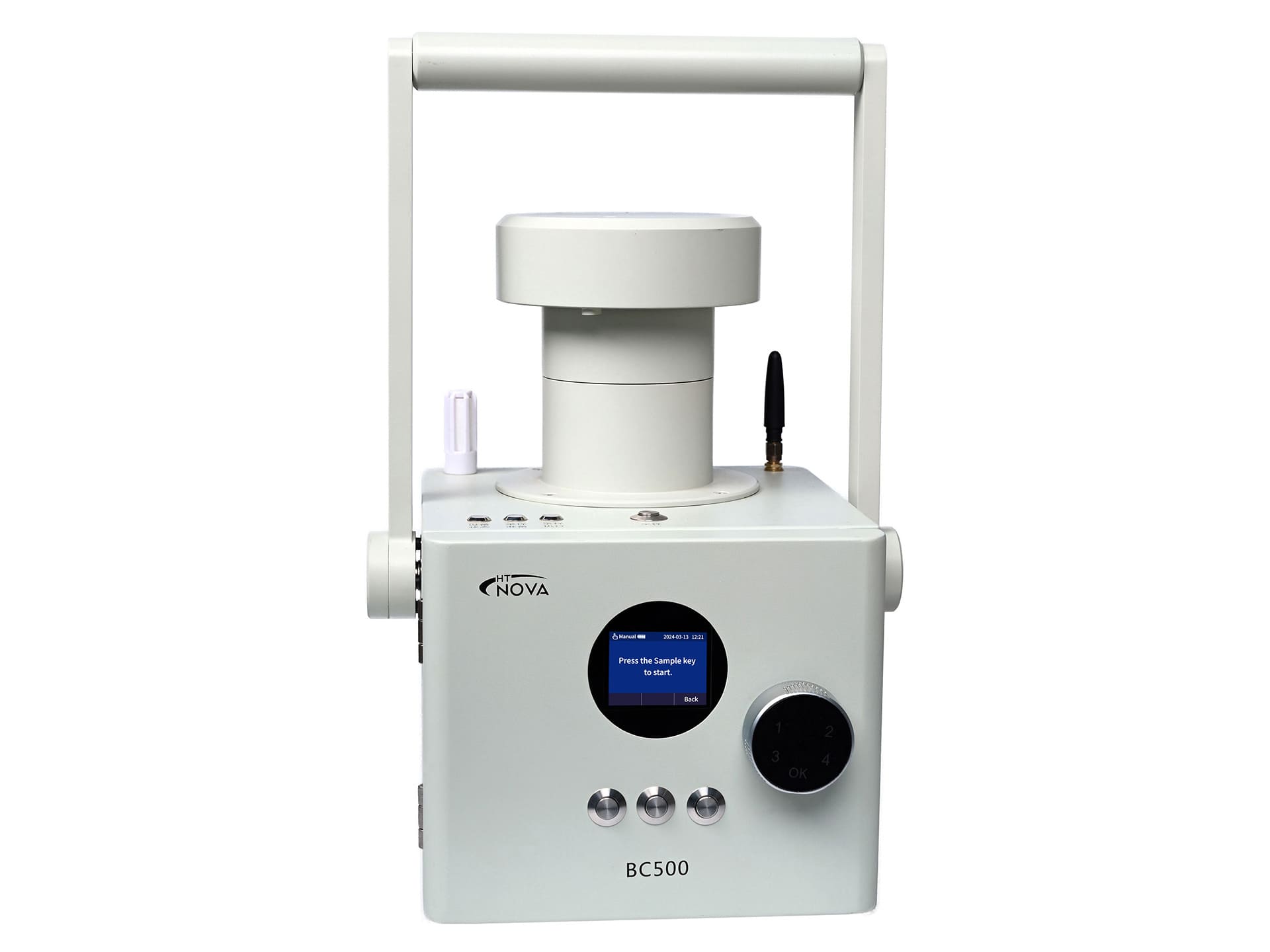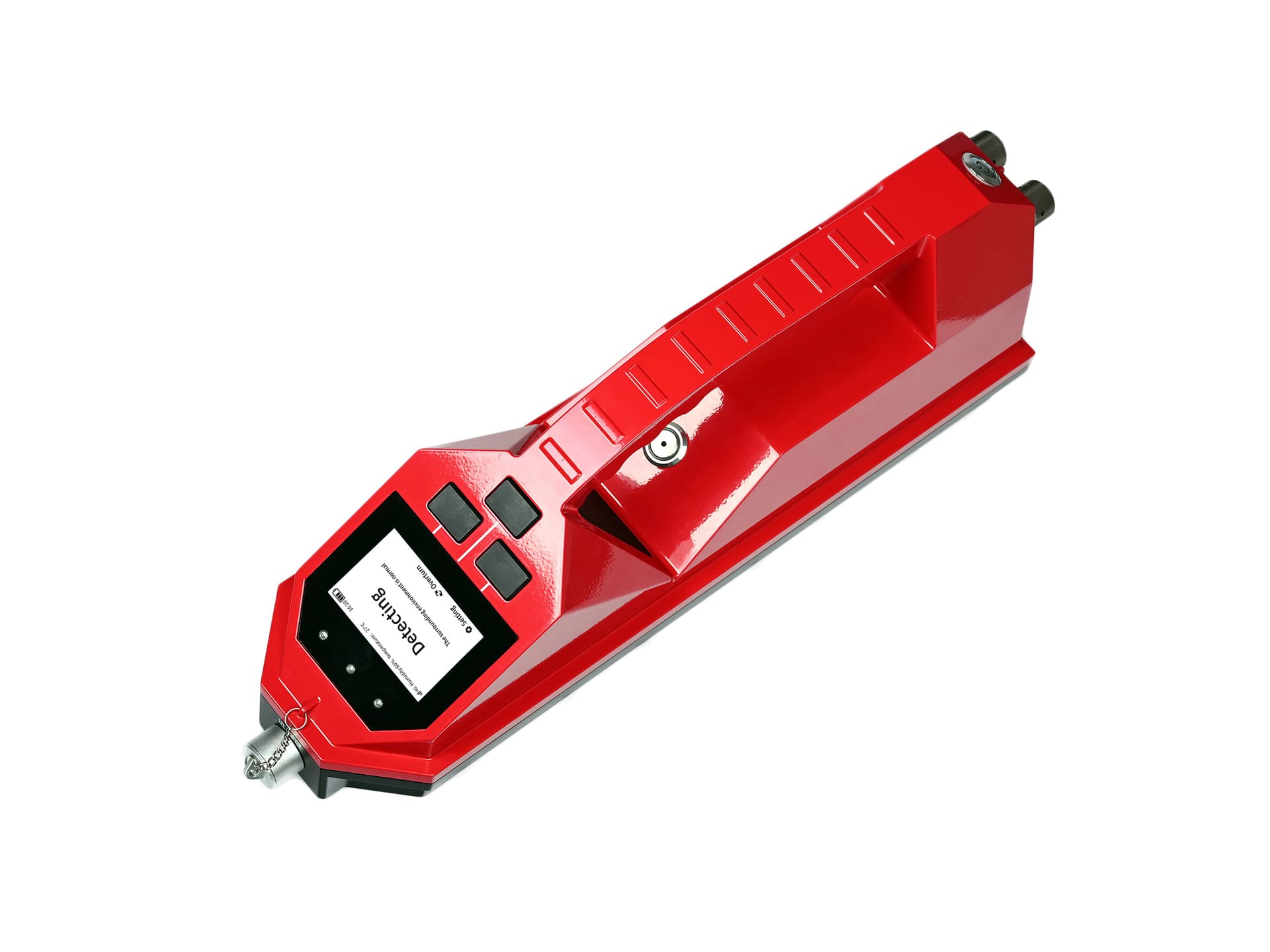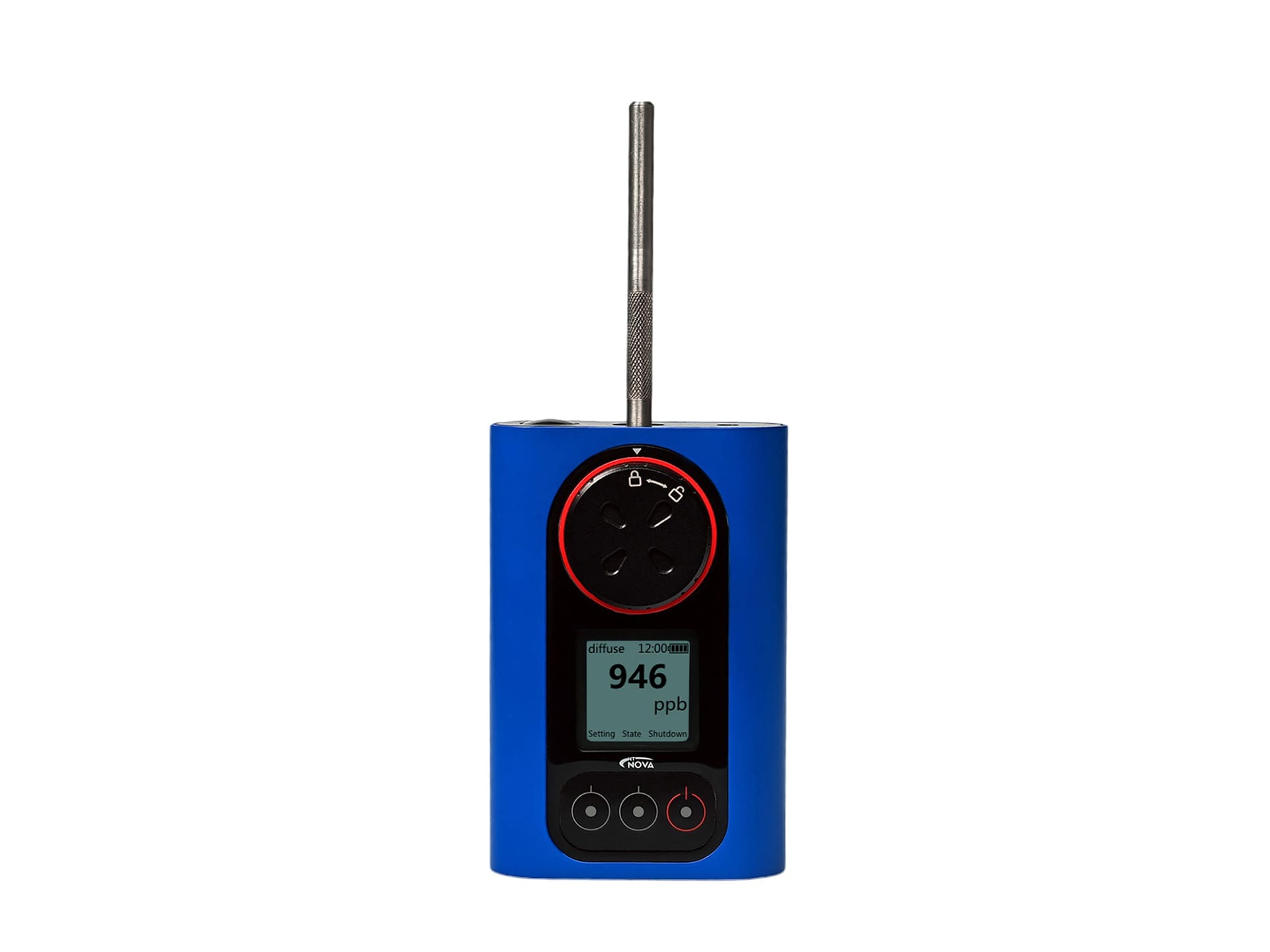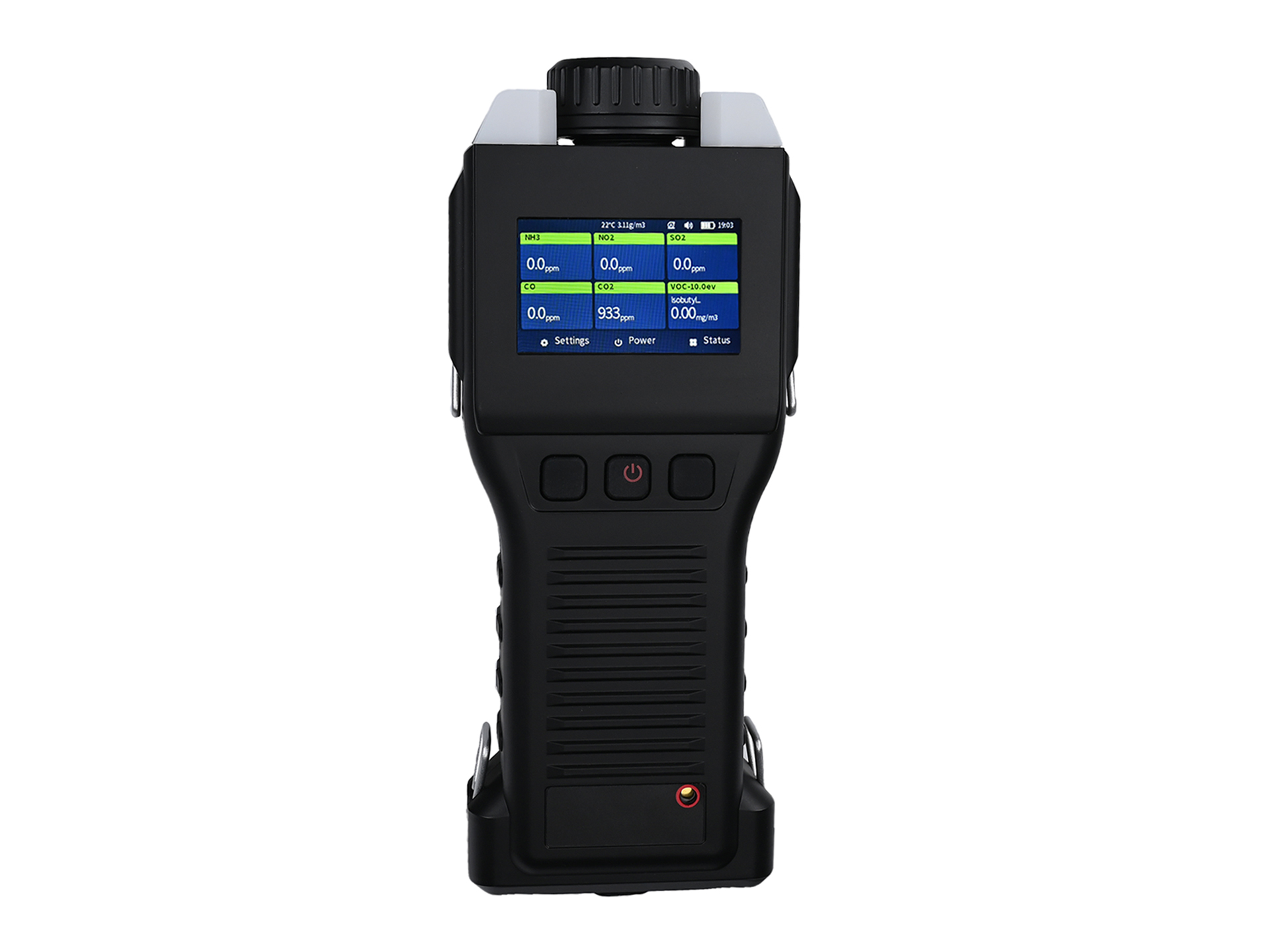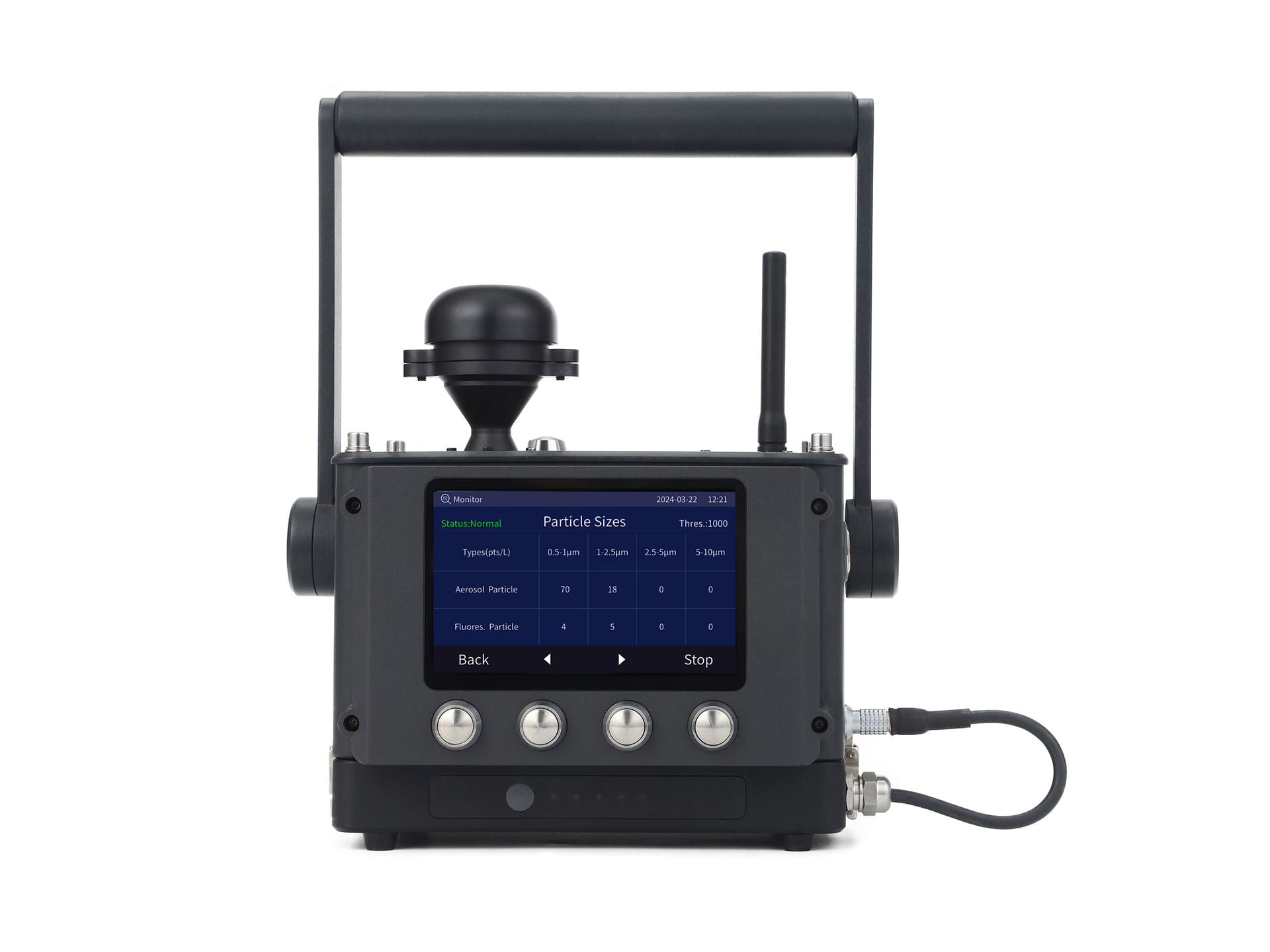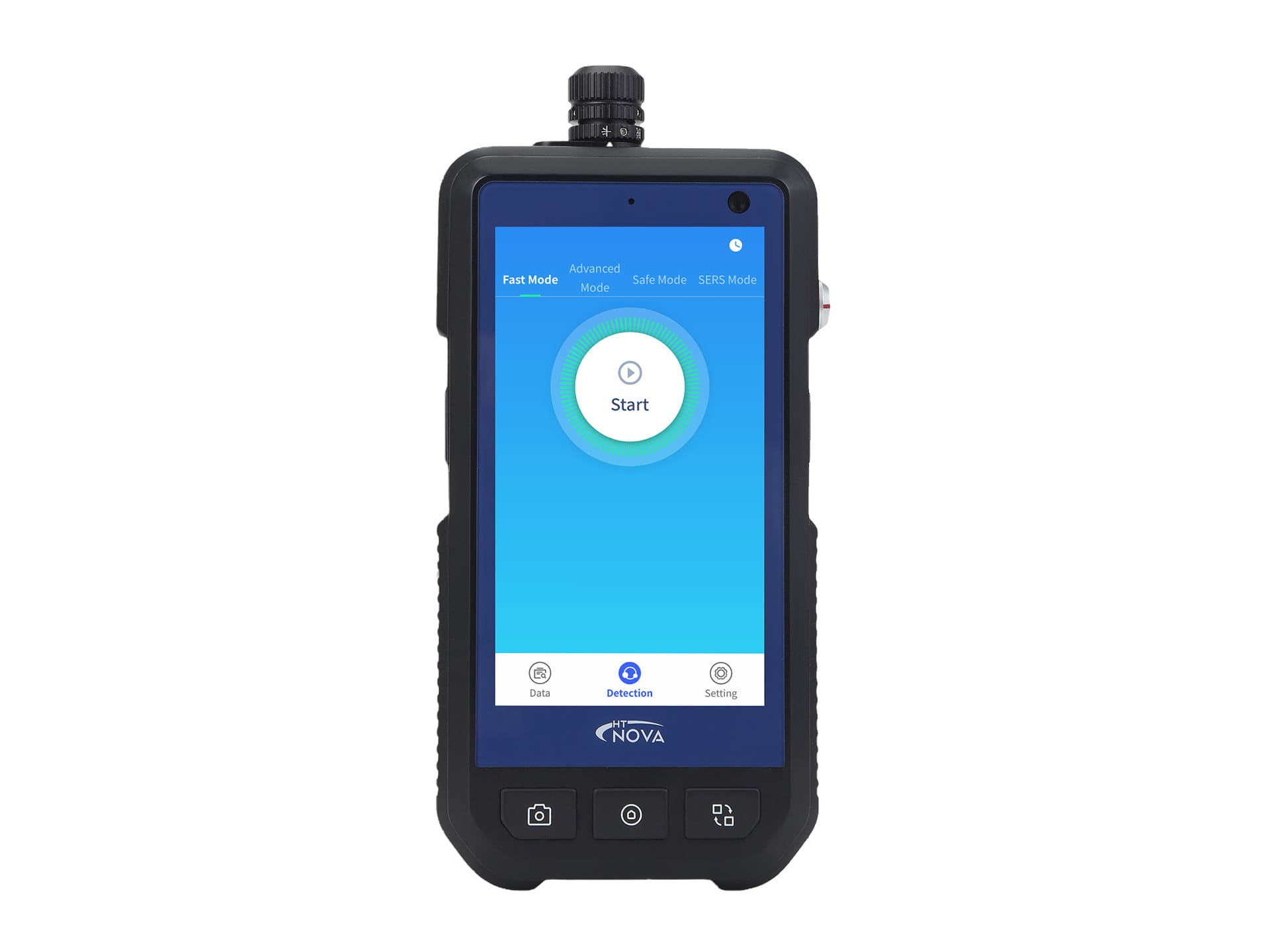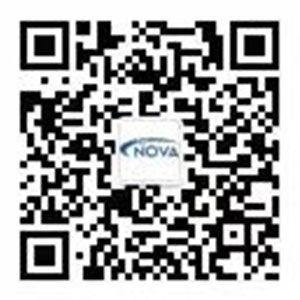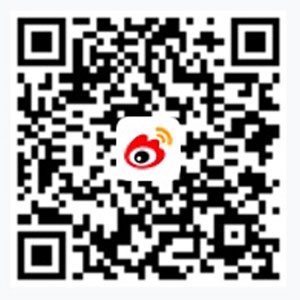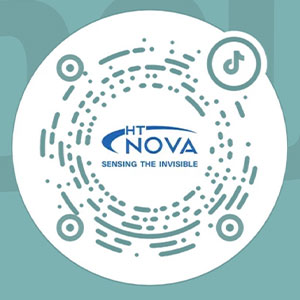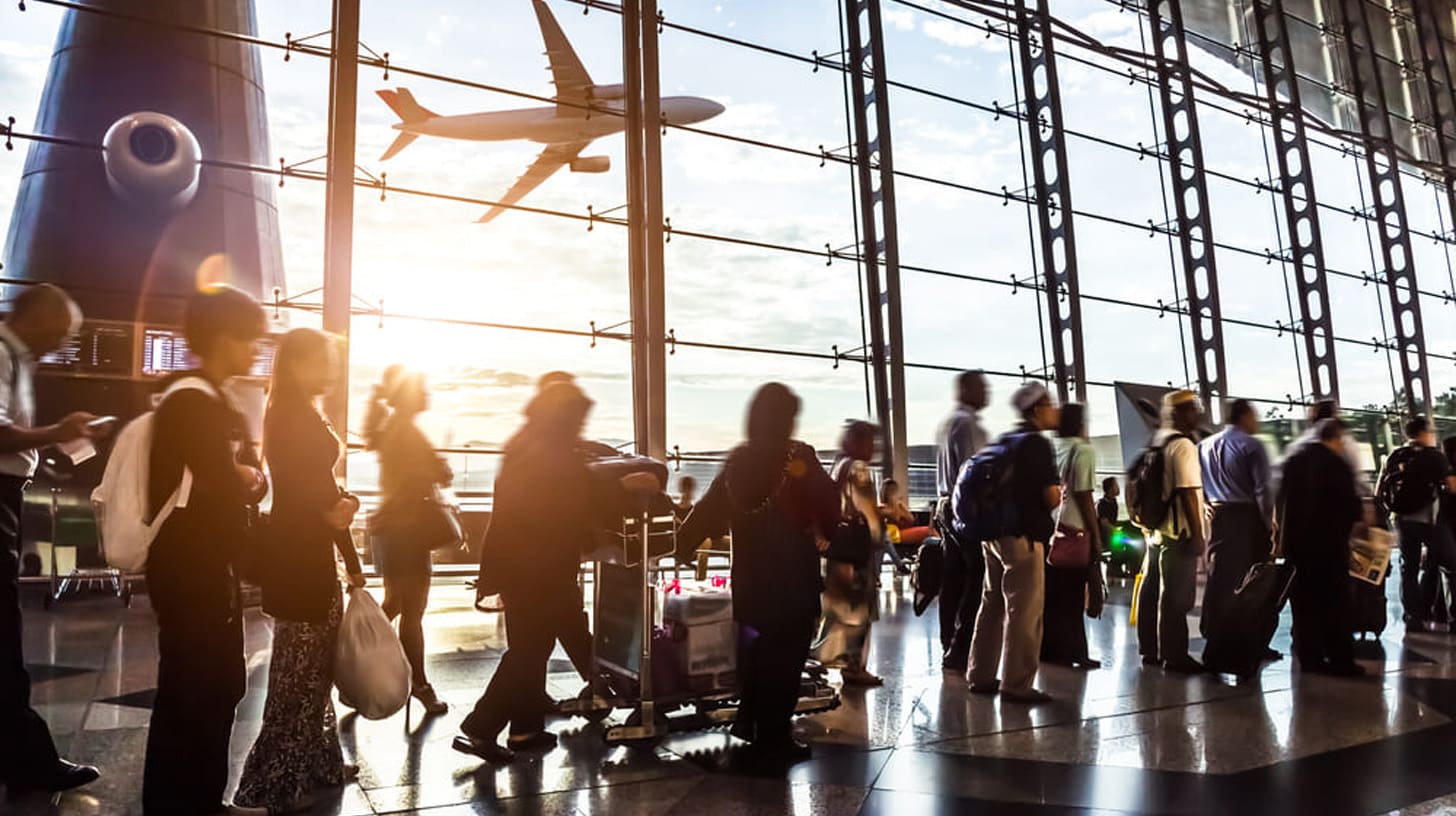
Transportation
With the increasing urban population and the increasingly frequent exchanges between cities and between domestic and international individuals, the passenger flow carried by public transportation services is continuously and rapidly increasing. Consequently, public transportation facilities and transportation safety face tremendous security pressures. Due to the high passenger flow at transportation hubs and the enclosed spaces of transportation vehicles such as trains, subways, buses, and airplanes, terrorist explosions or attacks with toxic and harmful substances could lead to catastrophic consequences. Therefore, it is crucial and urgent for public transportation and public security departments to quickly and effectively pre-screen passengers, luggage, and vehicles for potential prohibited dangerous goods.
HT-Nova integrates various application solutions and further integrates Raman spectroscopy, ion mobility spectroscopy, amplified fluorescence small molecule technology, radiation monitoring technology, metal detection technology, and Internet of Things communication technology based on mature X-ray imaging technology. This forms a complete set of specialized and integrated products, including handheld, desktop, vehicle-mounted, and fixed forms, covering the detection of explosives, prohibited dangerous goods, and toxic and harmful factors. It can effectively prevent flammable and explosive materials, corrosive and infectious substances, radioactive materials, and controlled items, providing a powerful tool for enhancing deterrence and screening of terrorists and extremists.
Reference Application Scenarios
Ensuring public transportation safety and infrastructure integrity
Public Transportation Safety: Nuclear, biological, and chemical monitoring equipment can be installed on public transportation vehicles such as buses, trains, and subways to detect potential chemical, biological, radiological, or explosive threats. Integrated with surveillance systems and emergency response protocols, these sensors enhance the safety of passengers and transportation personnel
Cargo and Passenger Screening: Nuclear, biological, and chemical sensors are applied at transportation hubs such as airports, train stations, and ports to screen luggage and passengers, detecting potential explosives, chemicals, and illicit substances. These sensors play a crucial role in enhancing security measures and preventing the transportation of hazardous materials
Infrastructure Monitoring: Our products can be deployed on critical transportation infrastructure such as bridges, tunnels, and railways to monitor potential hazards such as chemical leaks, gas emissions, or structural weaknesses. Continuous monitoring helps identify safety risks early, enabling timely maintenance and repairs to ensure the integrity of the transportation network
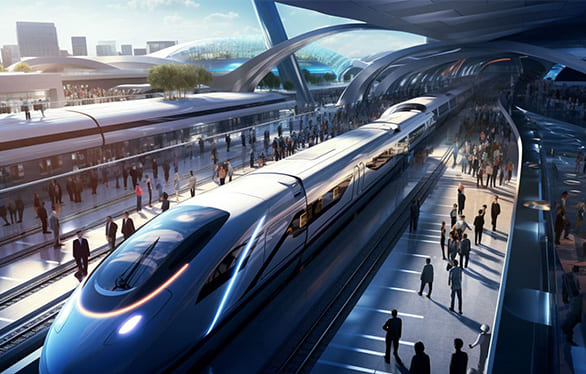
Border security and emergency response
Border Security and Customs Enforcement: Applied at border crossings and checkpoints, these sensors detect illegal substances in vehicles, cargo, and luggage, including drugs, explosives, and chemical weapon precursors. These sensors support customs and border protection agencies in intercepting illicit goods and preventing cross-border threats to national security
Emergency Response Coordination: In the event of traffic accidents involving hazardous materials, real-time data is provided to emergency response teams to assess the severity of the incident and implement appropriate response measures. This includes identifying evacuation areas, managing traffic diversions, and coordinating hazardous material cleanup efforts to minimize the impact on public safety and the environment
